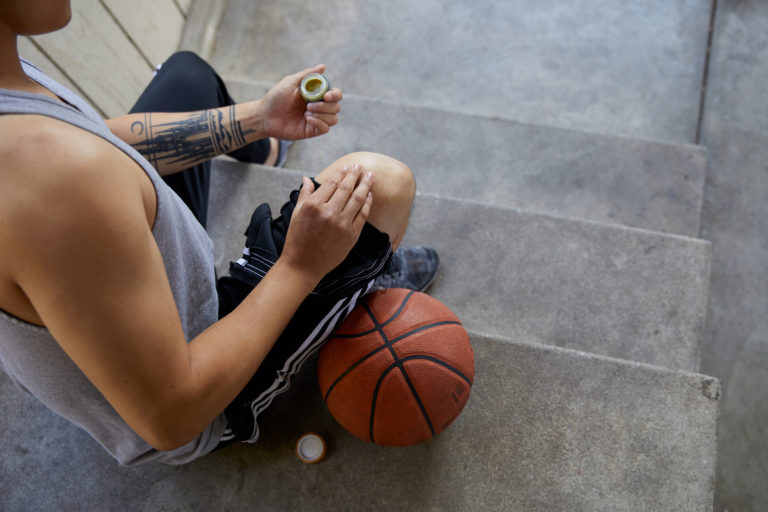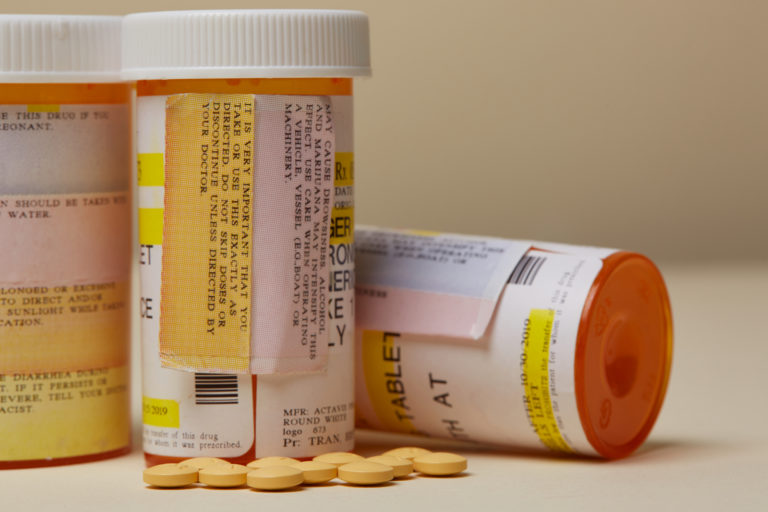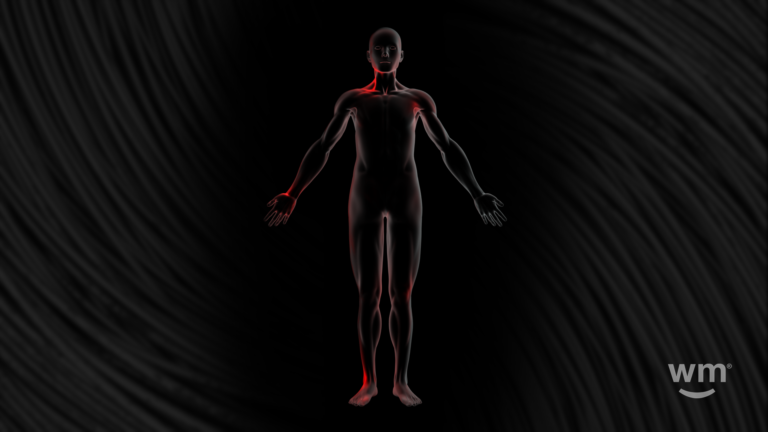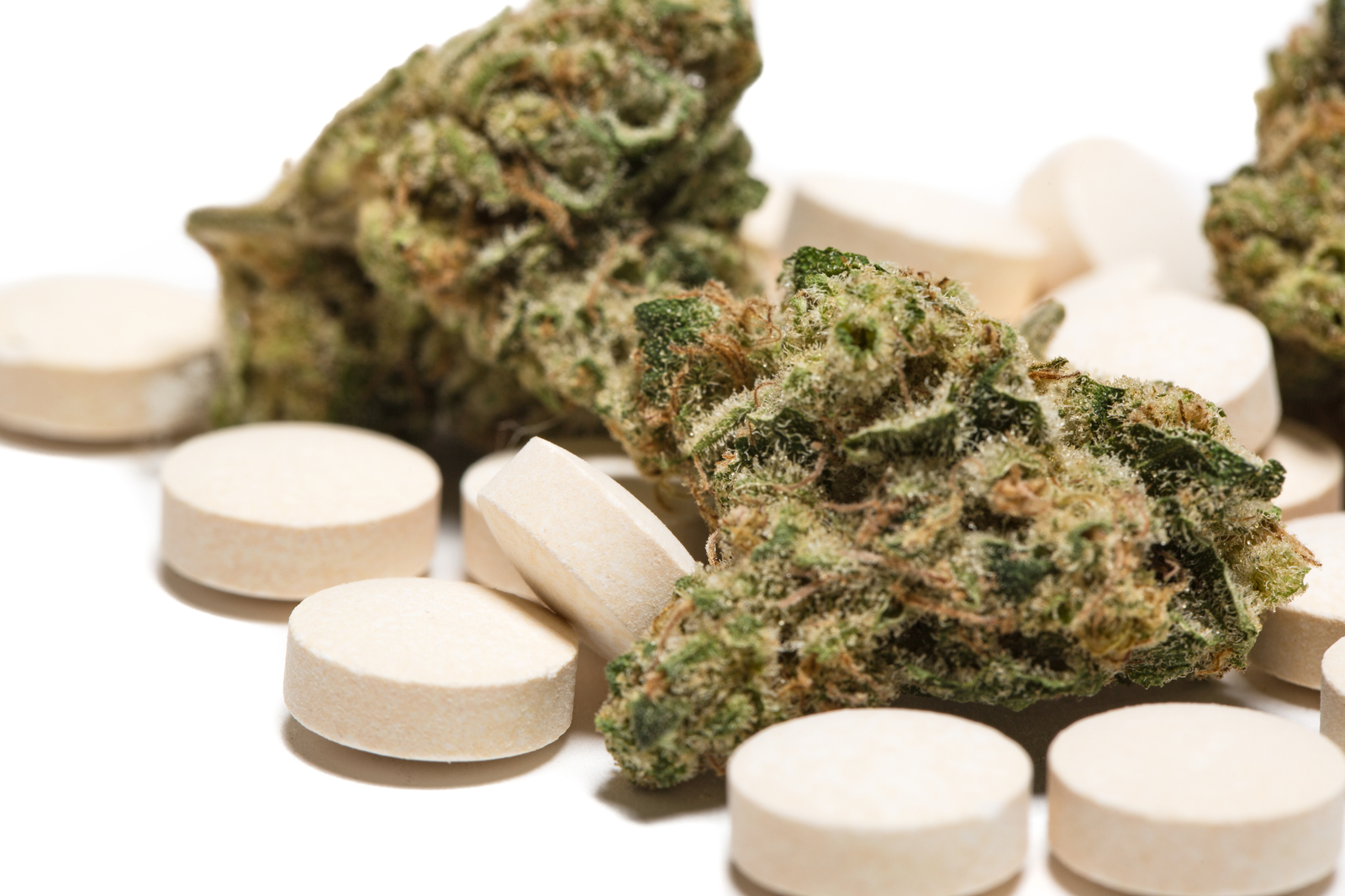Although athletic seasons begin and end, the world of sports never stops. Every day around the world, without fail, a basketball team practices their three-pointers, football prospects spend countless hours in the weight room, friends meet up for a pickup game of soccer, or someone is training for their first marathon.
Whether you're a professional athlete, a die-hard sports fan hoping for a championship season, or the weekend warrior hitting the running trail, there is something about physical excellence, superb team dynamics, and the thrill of competition that speaks to all of us.
Another universal truth within the world of sports and athletics is injuries.
It's not a matter of if you'll experience an injury. It's a matter of when. In the face of injury, a good recovery plan is crucial. Athletes, professional and amateur alike, need treatments that allow them to recover quickly, effectively, and with as few adverse side effects as possible. More than ever, there's a heightened awareness of the risks of competition and the long-term effects of concussions, damaged nervous systems, bone injuries, arthritis, and torn muscle tissues.
The dawn of cannabis as the new sports medicine has provided an alternative to athletes at every level of competition — and as it turns out, for many athletes, weed, and fitness go hand in hand.
 Photo by: Gina Coleman/Weedmaps
Photo by: Gina Coleman/WeedmapsImage lightbox

An age-old medicine for modern professionals
In July 2017, the National Football League (NFL) made headlines when they showed their interest in studying marijuana and exercise — and, in particular, the potential use of cannabis as a pain management treatment for its players. The announcement was made after the players' labor union, the NFL Players Association (NFLPA), already had its own independent study of cannabis-related research underway.
The new interest in cannabis as a sports medicine comes on the heels of former players demanding the NFL revise its marijuana policy. In their retirement, some former NFL athletes have turned to cannabis to address the long-lasting pain directly associated with injuries sustained by playing a collision sport at a professional level.
For example, Ricky Williams, former NFL running back and cannabis advocate, is among the most vocal of the pro-cannabis NFL's retiree community.
The alternative of using cannabis treatments comes as a relief to athletes who've been experiencing pain long after their playing days are over. Prescription opioids are currently the leading treatment option for athletic pain management. Opioid-based medications have proven ineffective when it comes to chronic, long-lasting pain and carry serious long-term risks that include worsening pain, addiction, withdrawal, and fatal overdoses. In a study commissioned by ESPN, one of the key findings revealed that 52% of retired players used prescription pain medications during their careers, with 71% of those players admitting they had misused the drugs during their playing days.
 Photo by: Gina Coleman/Weedmaps
Photo by: Gina Coleman/WeedmapsImage lightbox

“This pain is never going away. My body is damaged,” said Eugene Monroe, a former Baltimore Ravens offensive tackle. Monroe has since found success in treating his pain with cannabis. “I have to manage it somehow. Managing it with pills was slowly killing me. Now I'm able to function and be extremely efficient by figuring out how to use different formulations of cannabis.”
The frequency with which professional athletes are prescribed opioid-based medications and the increasing concern of opioid-related overdoses and deaths among athletes (and people in general) paired with cannabis' ability to relieve pain and lessen anxiety have led the commissioners of some of the most notable professional sports leagues to seriously consider turning to cannabis for the long-term well-being of their players.
How does weed affect athletes?
And it's not just professional athletes looking for safer, more effective recovery methods. Any athlete or person with an active lifestyle may benefit from these treatment alternatives. Regardless of the kind of activity, cannabis can help athletes and active people (weekend warriors, bicyclists, avid hikers, yoga enthusiasts) protect against and recover from a variety of injuries.
Injuries that can be treated with cannabis range from minor to severe depending on the activity and athlete, but the most common include:
- Swollen/sore muscles
- Fractures
- Dislocated joints
- Headaches
- Anxiety
- Repetitive head trauma
Cannabis contains compounds called phytocannabinoids, similar to compounds the human body produces called endocannabinoids. The cannabis cannabinoids interact with receptors in our bodies to help establish and maintain homeostasis (or balance). When stimulated by the cannabinoids found in the cannabis plant, these same receptors can help alleviate a myriad of injuries and ailments. The most common medical benefits of cannabis include:
- Reduced inflammation
- Pain relief
- Brain trauma/neuroprotection
- Wound and bone healing
- Anxiety reduction
- Rehabilitation and recovery

Image lightbox

Does weed help muscle recovery?
Williams' personal history of replacing pharmaceuticals with cannabis is backed by research that finds Delta-9-tetrahydrocannabinol (THC), an intoxicating phytocannabinoid, to be a potent anti-inflammatory, documented to have 20 times the anti-inflammatory power of aspirin and twice that of the steroid hydrocortisone. These anti-inflammatory properties can have a profound impact on muscle recovery.
Cannabidiol (CBD), the second most prominent cannabinoid in the cannabis flower, is nonintoxicating and has several medicinal benefits, including anti-inflammatory, neuroprotective, antioxidant, anticonvulsant, and anti-anxiety properties.
When THC and CBD are used together, their combined effects work synergistically to enhance benefits.
Is smoking weed bad for athletes?
While there are many positive effects of marijuana for athletes, there is a question as to whether smoking is the healthiest choice.
Smoking weed and working out works for some athletes. While there still needs to be more research on the connection between marijuana and athletic performance, many athletes claim that smoking weed before working out and working out high boosts their performance. Other athletes prefer smoking weed after working out to reap the recovery benefits.
But smoking weed and playing sports isn't the right fit for every athlete — particularly if they have breathing issues or an adverse reaction to smoking. For athletes who prefer not to or can't smoke weed, other consumption methods would be a better choice for integrating cannabis into their workout routine.
Take fewer timeouts with cannabis products
Implementing policy changes to allow the use of cannabis treatments in professional leagues may take time. Still, amateur athletes living in states with legal cannabis can make use of cannabis treatments today. Athletes and active adults can include cannabis products in their workout routines and recovery treatments to help with their long-term well-being.
Several products include both THC and CBD in various forms. The emergence of CBD-based products has opened up the door to athletes who want to sidestep the intoxicating effects of THC. The most common CBD-only product types include:
- CBD water
- Topicals
- Tinctures
- Capsules
- Transdermal patches
- Sublingual sprays
These products allow people to efficiently use the different compounds within cannabis for an effective, non-invasive recovery. Whether you're relieving sore muscles after a long run or rehabilitating your body after a serious injury, cannabis helps you play harder, heal faster, and last longer.
Score some cannabis products from a dispensary near you or order weed delivery.




